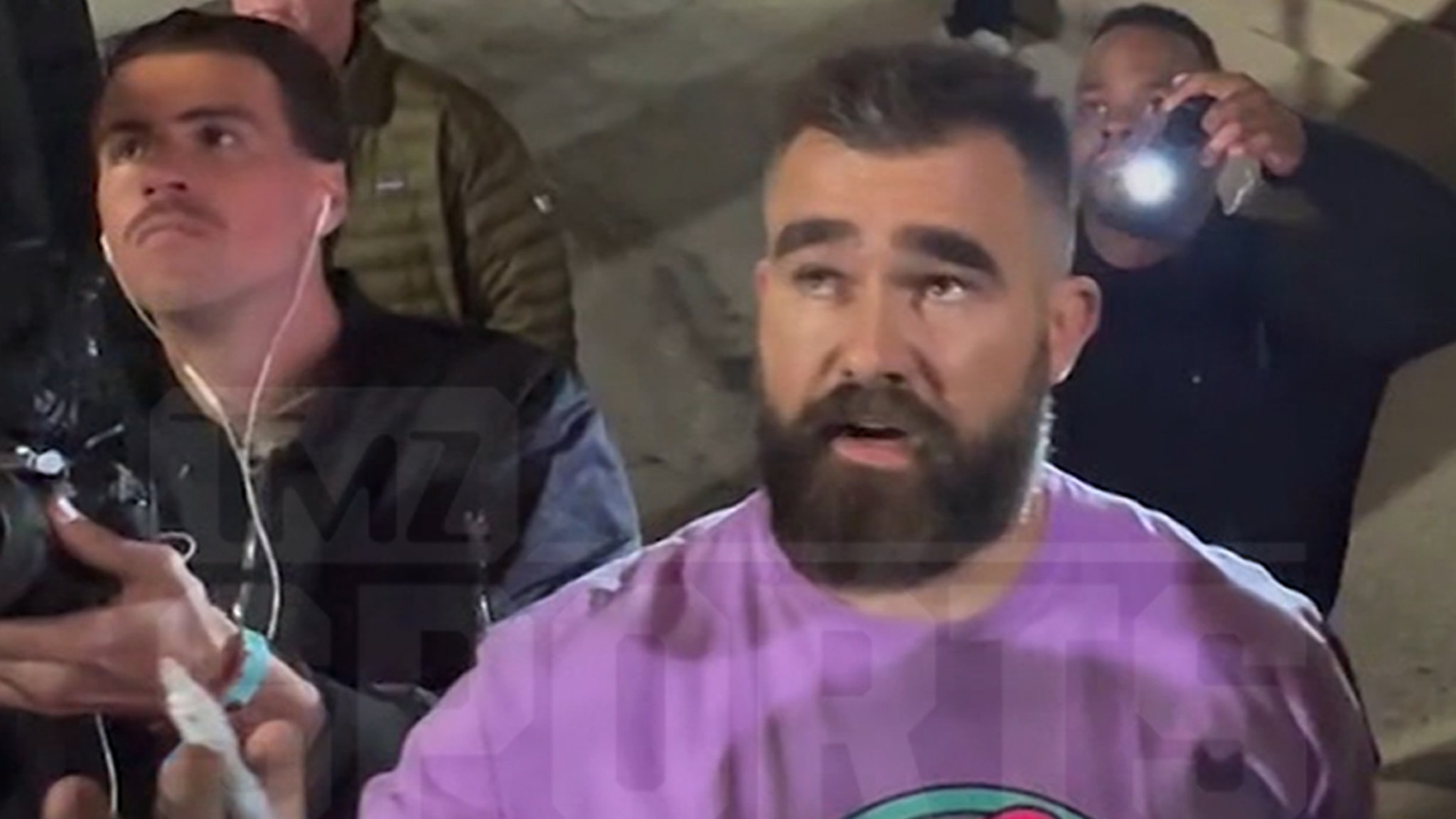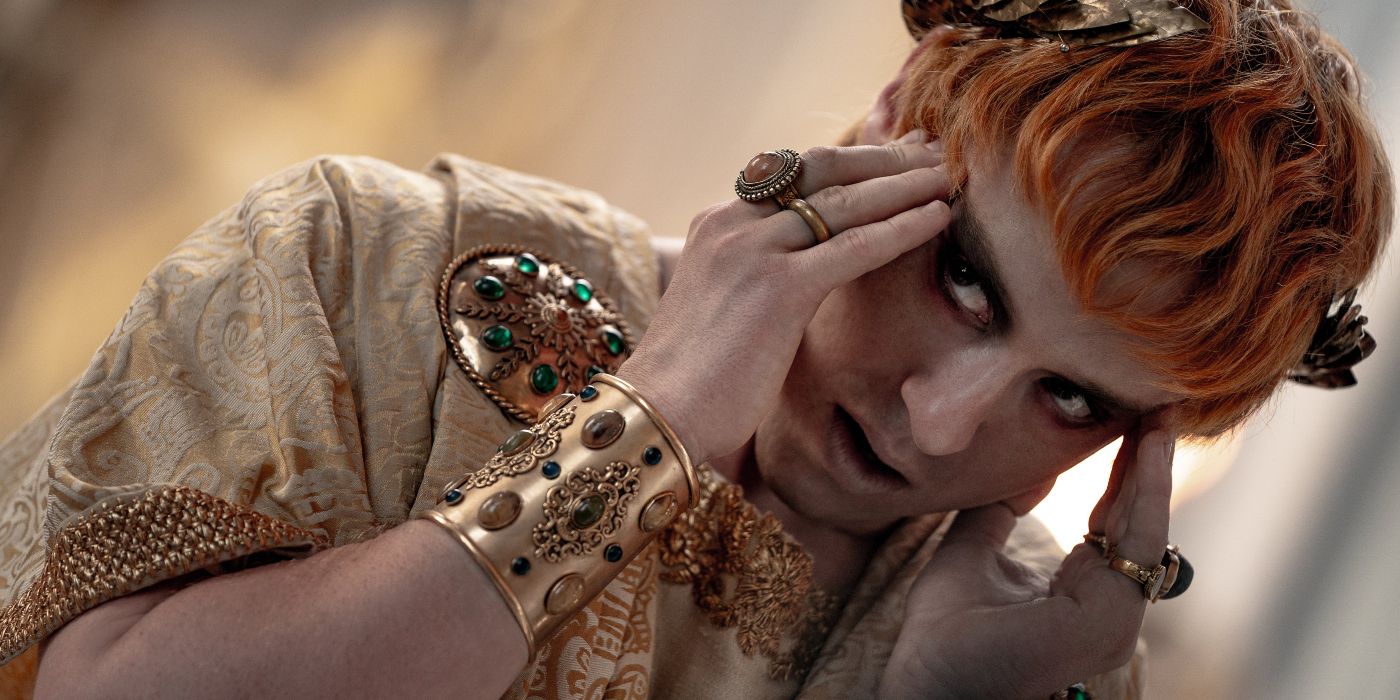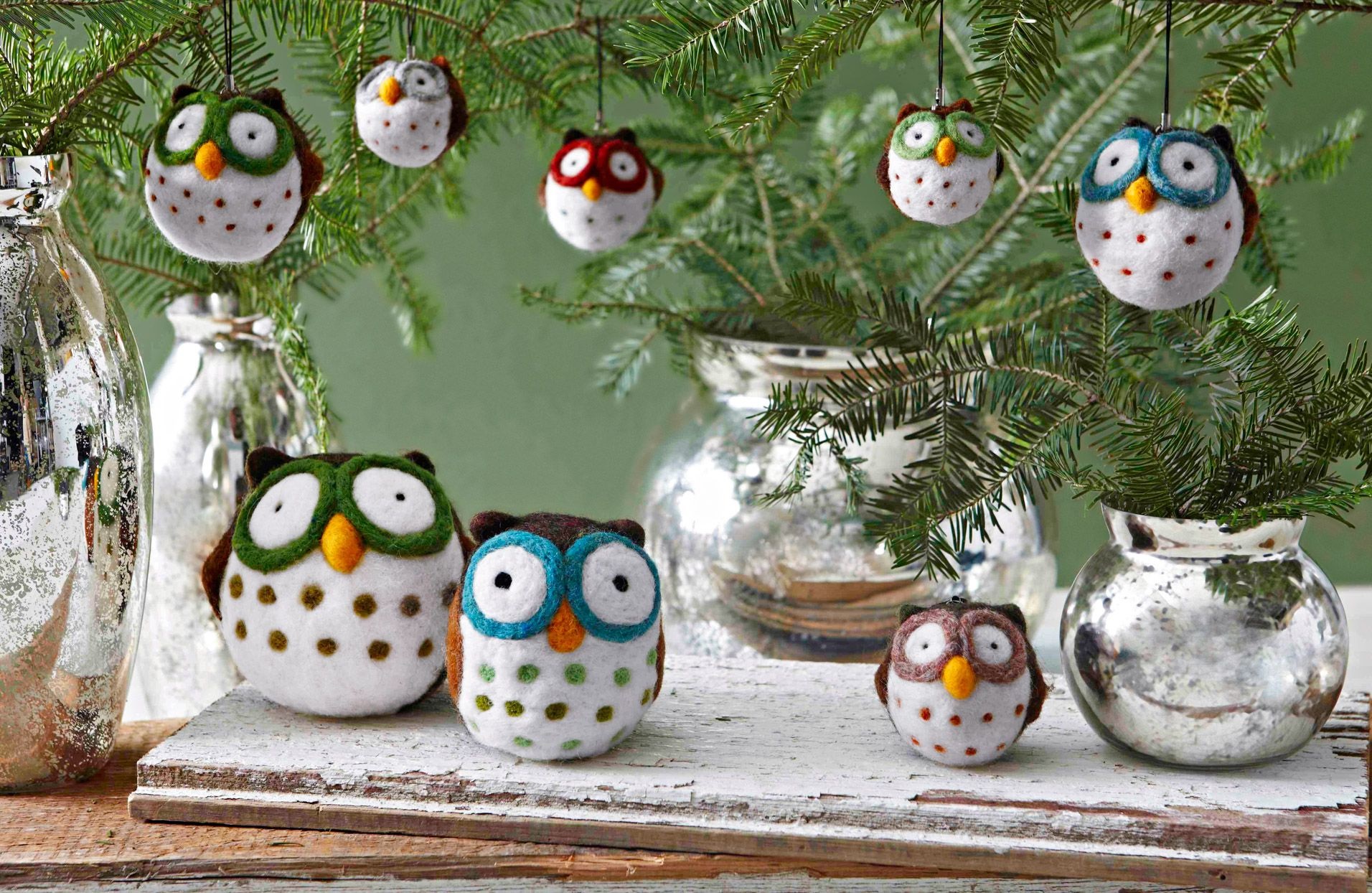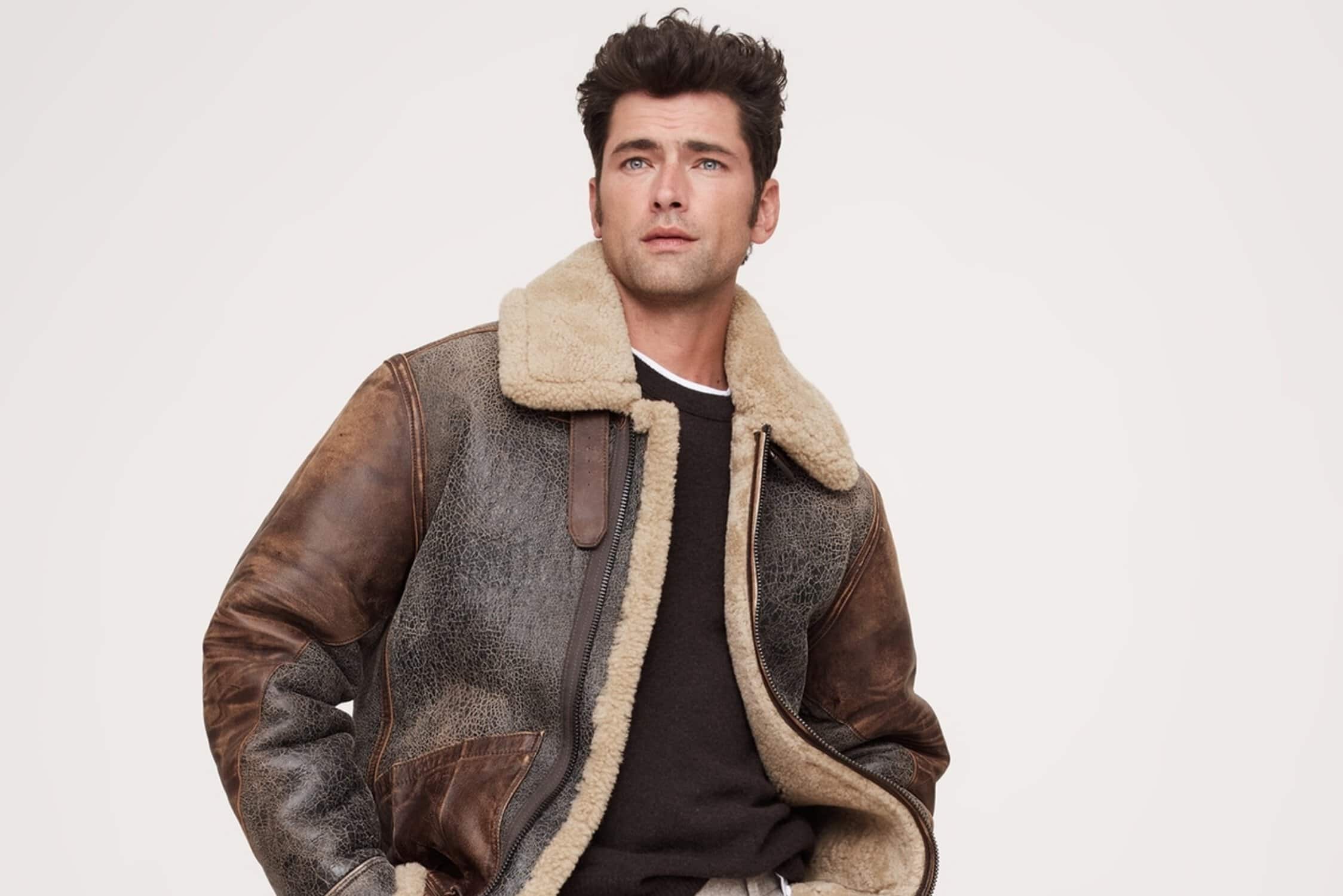141
For more than 50 years, Meurice has been one of the top-quality dry-cleaning services in the world, offering a variety of services. Now they’ve come Out East with locations in East Hampton and a new spot in Southampton on Jagger Lane. Known for their incredible customer service and love of a good challenge, it doesn’t get much better than this small family-run business. CEO Wayne Edelman tells The Daily Summer what sets them apart and dishes about some of the toughest (and funniest) messes they’ve cleaned up over the years.
Who was Meurice?
Our dry-cleaning plant for our multiple stores was located in Greenwich Village on West Third Street next to the firehouse. It was lost to a catastrophic fire in 1961. My dad needed a place to process the cleaning and Meurice French Dry Cleaners located on University Place was for sale. He purchased the business and I consolidated the stores under the name Meurice. I coined the term “garment care” because we do more than dry cleaning. I tried to trademark the name, but the FTC said it was too broad a term. When regular dry cleaners started using the term “garment care,” I dropped it and just used Meurice. We still maintain a website as garmentcare.com.
What keeps you in the business?
My passion. I love tackling the most complex of projects. I love the facility we built. I’m told it’s one of the nicest plants in the world. A dry-cleaning plant is typically a gross dirty place that you never want a customer to see. I built our facility with two things in mind: I wanted a customer to walk in and say, “Wow! I want to do business with this company,” and I want our team members to say, “Wow! I want to work with this company.”
Wayne Edelman
What’s your approach toward customers?
I always say we’re not in the cleaning business. We’re in the customer-service business. Our customers put food on my family’s table, as well as our employees’ tables. It’s all about the customer and how we serve them.
What’s the most satisfying part of your job?
Achieving a cleaning or restoration project that others deem impossible. I loved working for MoMA and doing restoration work for the Frank Lloyd Wright exhibition. They have an unbelievable textile lab but don’t know how to use it. We were able to restore things they couldn’t.
You don’t do just dry cleaning. Tell us about some of the other services you offer.
We do complete interior cleaning, including upholstery, window treatments, and rugs. We clean and treat outdoor furnishings as well. We also love cleaning and restoring handbags, purses, and wedding gowns. We have a separate division that works with insurance companies to restore items that are exposed to water, smoke, and fire damage.
Wayne Edelman
You now have a location in Southampton! Why did you want to be in the Hamptons?
We started pickup and delivery services in the Hamptons during Covid. Many of our customers fled the city and still needed our services. There was a void in quality cleaners Out East. Soon thereafter we opened our store in East Hampton. This location was immediately successful. We had many requests to open in Southampton, and we had to pass by [the town] while servicing our East Hampton location. It was a no-brainer to open in Southampton.
What tips would you give to customers who would like to be better about preserving their clothes?
If clothing is worn, even though it appears clean, have it cleaned at the end of the season before putting it away. Invisible stains will oxidize or caramelize during the offseason, making them difficult to remove. More importantly, these stains attract moths and lead to moth-damaged clothing. Never store clothes in dry-cleaner bags. The bags begin to disintegrate once exposed to light, and the gases they emit can discolor the clothes within them. This process is called fume fading and is irreversible.
What’s the most intricate couture piece you’ve ever cleaned?
We were asked by our client Matsuda to clean a mohair crocheted see-through dress that resembled a spider web. This runway piece was never meant to be cleaned, but the model wearing it for a photo shoot got body makeup all over it. Once we obtained a sample of the makeup and figured out how to dissolve it, we were able to carefully clean the dress. Since that time, there have been many items, including donated Oscar gowns to be auctioned at a benefit, as well as numerous Princess Diana gowns.
What’s the most random or bizarre thing you’ve ever had to restore?
My dad was asked to clean a shrunken head and declined. I would have done it. Through our restoration division, we’ve handled a basement full of taxidermy. It resembled the Museum of Natural History.
Who is your favorite dry cleaner in pop culture history? For example, perhaps George Jefferson from The Jeffersons?
He is and was! We even named our home Wi-Fi thejeffersons.
Sherman Hemsley as George Jefferson
What are some of the major fashion houses you’ve worked with in the past?
We started working with Giorgio Armani in the 1980s. Its signature black wool crepe fabric was being ruined by many dry cleaners who shined the material during improper pressing. We developed methods to correct the shine and became the “Black Label expert cleaner.” Since that time, we’ve worked with most major designers and retailers.
What advice do you have for someone who has a stain that they want to bring to you but they’re embarrassed about it?
Don’t be! We know it all. We identify stain types by where they’re located. Home attempts to assist us in stain removal only make the situation worse. Spraying Febreze on a garment prior to sending it to us doesn’t help!
What would be your idea of the ultimate cleaning challenge?
We’re faced with these challenges daily. Couture and haute couture have entered the mainstream fashion pipeline. What was once a one-of-a-kind piece, never meant to be cleaned, is being sold and ends up with us to be cleaned. The FTC requires all garments sold in this country to have a manufacturer’s suggested-care label. However, it doesn’t have to be right. Dry-clean-only labels are the norm, but many garments can’t be cleaned this way and are composed of multiple materials that require different processes. Our team meets daily to go over these types of garments and determine the best cleaning process.
Dry cleaners tend to essentially be small-business owners. Why is it important for people to support small business?
Many cleaners were small mom-and-pop stores that evolved from tailor shops. New technology allowed them to install dry-cleaning machines. Regulations, occupancy costs, and Covid have forced many of these cleaners to close. I still consider Meurice to be a small business with approximately 50 employees. There’s no major-chain option, and I don’t see Amazon going into the dry-cleaning business. I’m a big fan of supporting small businesses because it employs locals in the community. By the way, we’re hiring!
Subscribe to our newsletter and follow us on Facebook and Instagram to stay up to date on all the latest fashion news and juicy industry gossip.
You can view the original article HERE.






























